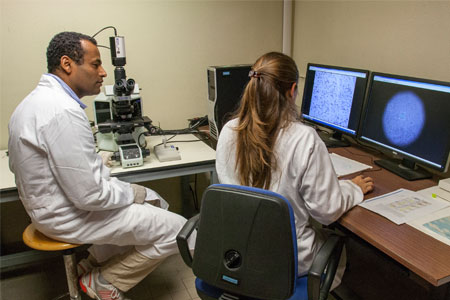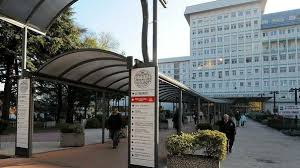In epidemiological surveys smokers are usually late responders [Seltzer et al, 1974; Bakke et al, 1990; de Marco et al, 1994; Korkeila et al, 2001; Kotaniemi et al, 2001], and this self-selection process can be very large: current smokers were 34% in early responders versus 50.3% in late responders in a Finnish study [Kotaniemi et al, 2001], and 32.5% versus 42.8% in an Italian study [de Marco et al, 1994]. This behavior can markedly bias estimates of smoking prevalence when response percentage is low. On the other hand, less attention has been paid to ex-smokers’ behavior.
The present investigation aimed at describing promptness to respond to postal surveys among ex-smokers.The relation between smoking status (never smoker, ex-smoker and current smoker) and promptness to respond (response to either the first or second postal contact, or to the final phone contact) will be investigated by a chi-squared test. Multivariable analysis will be accomplished by a logistic regression model [Hosmer and Lemeshow, 1990], considering contact order as the response variable (0=response to the either the first of second postal contact, 1= response to the final phone contact) and smoking status (never smoker, ex-smoker and current smoker) as the explanatory variable. Also centre, sex, age (20-24, 25-29, 30-34, 35-39, 40-45 years), occupation (clerk, manager/businessman, unemployed/other job, workman, student, housewife), pollution annoyance score (0, 1-3, 4-6, 7-10) and season of response will be introduced in the model as potential confounders.







